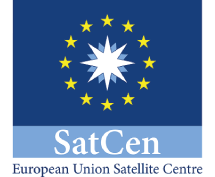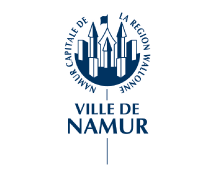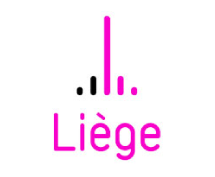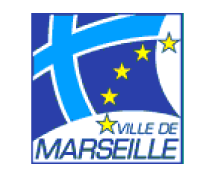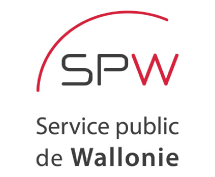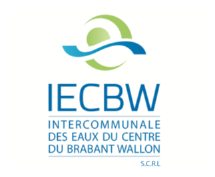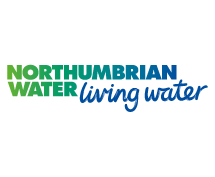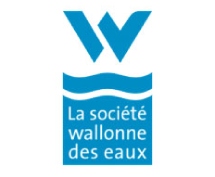
À propos
Pourquoi 1Spatial?
Nous libérons la valeur des données de localisation grâce à la combinaison de l’expertise de nos collaborateurs, de nos solutions innovantes, de notre connaissance du secteur et de notre grande base de clients. Nous aspirons à rendre le monde plus durable, plus sûr et plus intelligent pour l’avenir. Nous pensons que les réponses pour atteindre ces objectifs se trouvent dans les données.
Pourquoi choisir 1Spatial?
Découvrez 1Spatial, qui nous sommes et pourquoi vous pourriez vous adresser à nous pour votre prochain projet.
À propos
Carrière
Rejoignez-nous pour rendre le monde plus durable, plus sûr et plus intelligent. Nos collaborateurs ont à cœur de faire la différence et jouent un rôle clé dans la mise en valeur des données de localisation.
Prêts à en savoir plus ?







